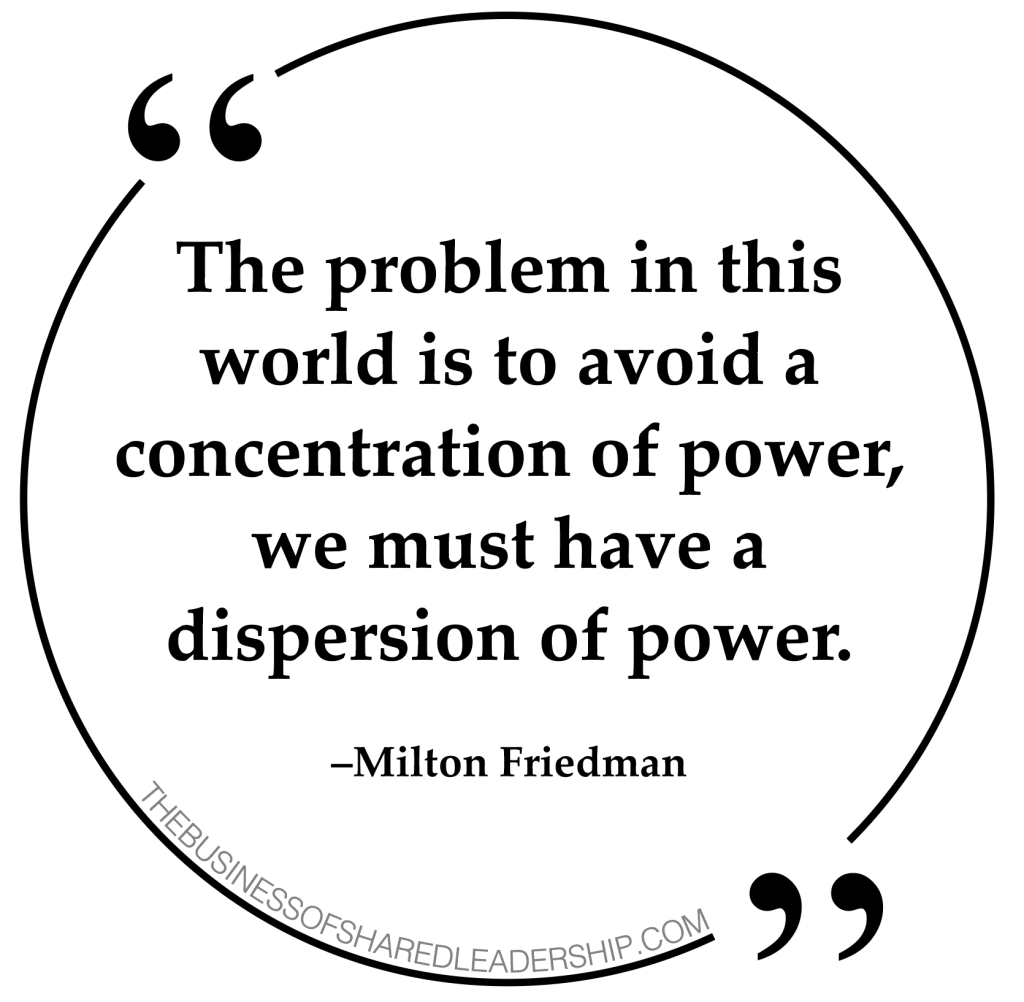“The problem in this world is to avoid a concentration of power—we must have a dispersion of power.”
—Milton Friedman
My last post was about the singular mission of public schools in America, which I believe should be instilling a deep sense of self-worth in every student.
In that post I reported that the US Department of Education (DOE) has an annual budget of $68 billion. That got me wondering: What happens with that $68 billion, being centrally administered, versus what might be possible if that same money was dispersed and localized for use and action? So, I did some math.
There are 3.2 million public school teachers in America. If the DOE’s budget was dispersed by teacher, each teacher in America could have an additional $21,250 per year to spend on the needs and aspirations of their unique class.

There are 13,253 school districts in America. If the DOE’s budget was fully allocated at the district level, this would mean that each district would have an additional $5,130,914 to spend annually on the unique needs of their students and community. To look at that in reverse, each school district in our country contributes $5,130,914, on average, to the DOE each year.
No two communities in this country are identical. No two classrooms are the same. Like every student, each teacher possesses unique skills, gifts, and passions. Money is finite. Spending more in one place means an opportunity lost in another.
I am an advocate of dispersing power at all levels of society. Agility, flexibility, and responsiveness are all heightened when organizations are locally led. My book, The Seventh Power: One CEO’s Journey into the Business of Shared Leadership, offers a new set of leadership paradigms for the twenty-first century, and one of them is to localize and shrink the center.
At Hancock Lumber we try to keep the “center”—the corporate governing headquarters—as small as possible. We want the maximum number of people, leaders, and resources in the field where our employees, customers, stores, and manufacturing centers are located.
In nature, power is dispersed. Humans aspire to the same, but their bureaucracies only want to grow, and that comes at a cost. We have normalized massive central leadership institutions in our government and other organizations, but it doesn’t have to be that way. Awareness of the possibilities of dispersed power can lead to a re-shifting of resources back to the local level. Every great student experience is driven by a single teacher, in a single classroom. Dispersing power means giving each teacher maximum flexibility and resources in their own classroom, where the game is played, and where self-worth is instilled.